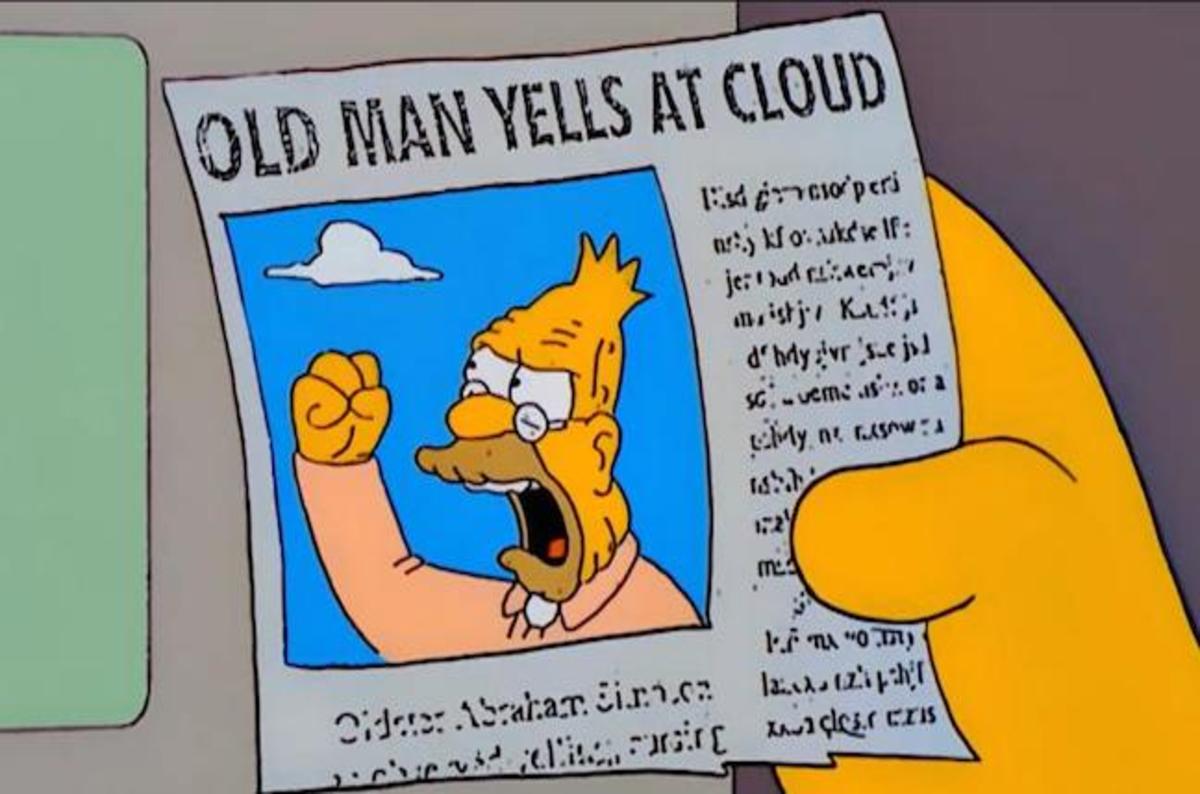*sigh*This will be a long one. And it answers
watfly's response at the bottom.
Updated FIFA considerations (2017):
42.Does the hand move towards the ball or does the ball move towards the hand?
43.Is the player’s hand or arm in a “natural position” or an “unnatural position”
44.Does the player attempt to avoid the ball striking the hand?
1. Consideration 42: When the defender jumped forward in the den-aus game, his hand moved with his body, so it is argued here that his hand moved towards the ball.
2. Consideration 43:Here the defender jumps unnaturally. Go ahead and jump straight up and down in your room right now and pantomime a header. Your hands will start by your shoulders and end up around your belly at the apex of the jump. That is what a natural straight up and down header looks like. So any deviation from this
standard motion is considered, abnormal aka.
unnatural. Because this defender was not perfectly positioned under the ball, he had to contort his body differently so he could rebalance himself to get his head in the path of the ball. Unfortunately for him, his hand also went into the path of the ball.
3. Consideration 44: is the most interesting to me. In professional play, referees expect an active attempt to avoid handling when possible. This is why you see many defenders defend with their arms behind their back. I've seen the ball still hit the arms behind the back, but those are never called (even though running around with your hands behind your back is hardly "natural" - here we see one of the differences between the dictionary definition of natural and the soccer definition).
4. Still on Consideration 44: H
is hand was in a position before the header that was DIRECTLY INBETWEEN where the ball was and where it needed to go to score a goal. Not only that, his hand was next to his head, essentially doubling the area that his body was covering. Whether this was intentional or not doesn't make that much of a difference. It is his job as a defender to make sure that he is trying to avoid handling contact. You argue that he had no time to react to the ball. Maybe no time to react from the time the ball was headed, but every defender knows that their opponent is trying to redirect the ball towards goal. That is why he tried to put his head there. Ultimately, he allowed his hand to drift into the contested area which is careless. And careless is the first mark of a DFK foul.
5. The National Training video: If we take the philosophy of the video I posted, we want to reward good attacking soccer and penalize a defender for over-extending or mispositioning. Here the attacker pretty much jumped straight up and down. The defender was mispositioned so he did not. As espola observed, it was awkward. Much like a slide tackle is considered an overextending last ditch attempt to stop an attacker, an unnatural jump is an overextending last ditch attempt to stop an attacker. The defender took a gamble, like you do when you slide, and his gamble did not pay off.
Jumping itself is not unnatural, but there are many more ways to jump unnaturally than naturally. My bad for not having perfect clarity on the internet.
The attacking philosophy mentioned in the video you can see permeated all throughout soccer. All the laws are trying to make soccer higher scoring. That is why the new offside laws don't protect defenders that make mistakes, why the goal was not called back when the attacker was waved on and scored, and why there are way more penalty kicks in soccer than before. Before, if perfect defending met perfect attacking, perfect defending would win. But now, perfect attacking has the advantage.
But wait, there is more. If this same exact play happened in a Presidio GU16 game and I had the benefit of VAR. I would not have called it. Perhaps you are expecting some consistency between youth league soccer and World Cup Football. Why would I call it differently you may ask? Because of considerations 43 and 44. First of all, for whatever reason, women tend to place both their hands directly above their shoulders when they go for a header. So for women to go up for a header with their hands there is generally considered to be "natural". Furthermore, you have to take the skill of the players into account, especially for consideration 44. Pros should be, and are, way more aware of their body than all youth.
Lastly, for
watfly's video. That is an instructional video for forwards to get power. Notice the defenders technique at 1:30. Its much closer to the point I make in point #2. Additionally, the forwards hands aren't that high at the apex of his jump, considering he is using his hand to propel himself upwards. And final point. If you pause the video at 0:55 when he is preparing to jump. If the ball hit his hands then, I don't care how natural and proper that heading technique is, I am still calling handling there.



